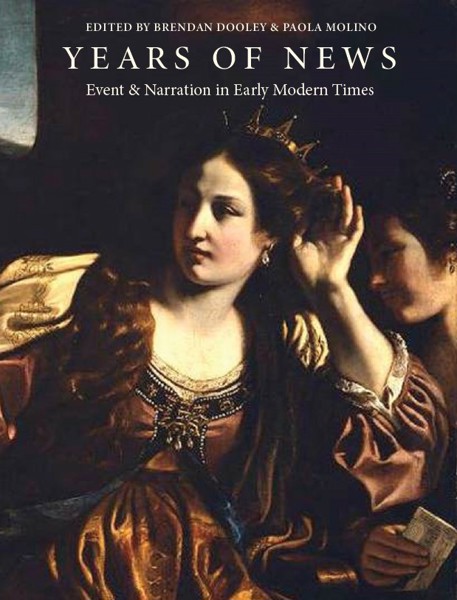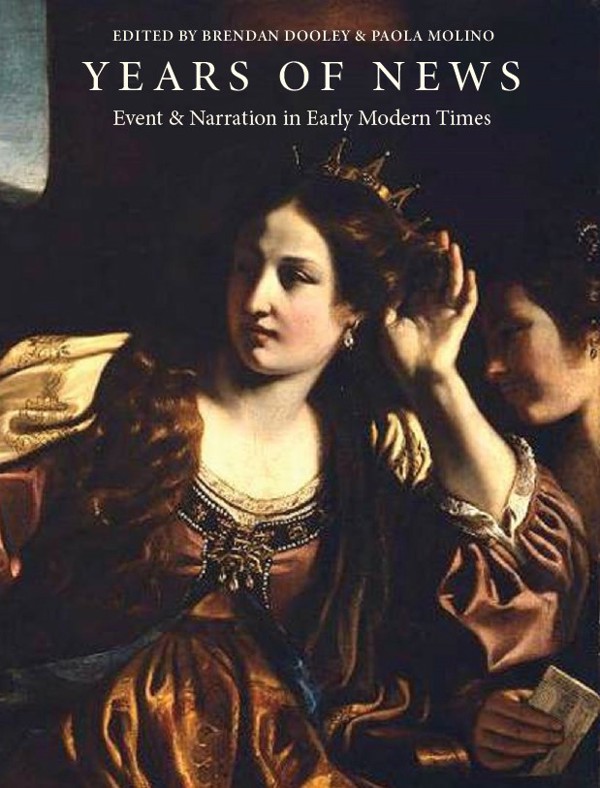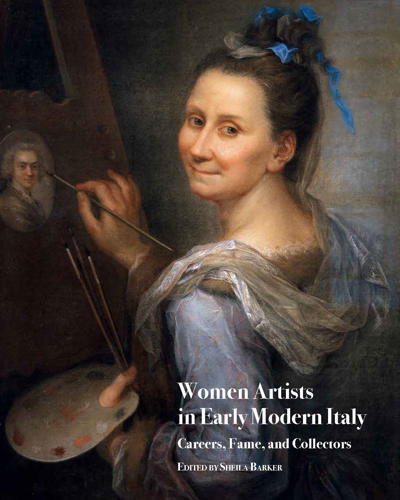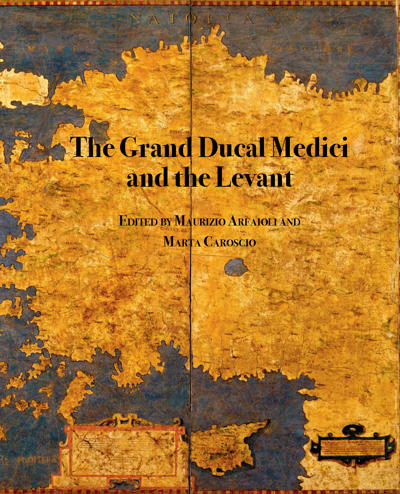
Years of News: Event and Narration in Early Modern Times
Brendan Dooley, Paola Molino (eds)
- Pages: approx. 232 p.
- Size:220 x 280 mm
- Illustrations:48 b/w, 5 col., 22 tables b/w.
- Language(s):English
- Publication Year:2024
- € 125,00 EXCL. VAT RETAIL PRICE
- ISBN: 978-1-912554-88-1
- Hardback
- Forthcoming (Aug/24)
*How to pre-order?
This collection of essays approaches the history of early modern news from a unique standpoint: by analyzing the stories that made the news in Europe, in particular years across the period from 1588 to 1700, in all of the major genres, including manuscript and print, single and serial publication, open and clandestine.
Brendan Dooley is Professor of Renaissance Studies at University College Cork, Ireland, where he came after employments at Harvard, Notre Dame, Jacobs University Bremen, and the Medici Archive Project, and his many publications have chiefly regarded the history of knowledge and communication, including The Social History of Skepticism: Experience and Doubt in Early Modern Culture (1999) and (as editor) The Dissemination of News and the Emergence of 'Contemporaneity' in Early Modern Europe (2010)
Paola Molino is Associate Professor in early modern history at the University of Padua. She received her PhD in History and Civilization from the European University Institute in 2011, with a thesis on the creation of the Imperial library in Vienna, published as a monograph in 2017 as L'Impero di carta. Storia di una biblioteca e di un bibliotecario (1575-1608).
In the early modern springtime of regular news production and consumption, what was the news? Where did it come from? Where did it go? Years of News surveys the world of early modern news, in script and print, in a variety of languages, from a unique vantage point: namely, the news productivity across Europe in a series of carefully chosen years. Contributors, applying a wide variety of innovative approaches and methodologies to original material from archives and libraries far and wide, have explored the stories and the tellers, the networks and the vectors, the effects and reactions. Diving deeply into the data without losing sight of the wider perspective, they seek to illustrate the relation between event and narration, and between narration and impact, while conveying the flavor of the times as experienced by the actors through the medium of news.
INTRODUCTION
1.Prologue: 1588 Between Divulgation and Surprise
Brendan Dooley (University College Cork) and Paola Molino (Uni Padua)
2.1604: Processing News in Print in the Year Before the Newspaper
Paul Arblaster (U. C. Louvain)
3.1618 From Beginning to End
Brendan Dooley (UCC)
4.Serialized Print News, Experimentation and News Management: Telling the News in England, 1623
Nicholas Brownlees (University of Florence)
5.1625, the Annus Mirabilis of the News in Spain
Carmen Espejo-Cala (University of Seville)
6.1636: The Facts and the Stories
Mario Infelise (University of Venice)
7.1648: A Year of Revolutions
Davide Boerio (University College Cork)
8.Rebellion or Revolution? European Newspapers reporting the Swiss Peasants’ War 1653
Andreas Würgler (University of Geneva)
9.1669
Giulia Delogu (University of Venice)
10.Political Agents, Preachers and Signs from the Sky. The Circulation of News in 1683
Pasquale Palmieri (University of Naples)
11.The 1689 News in Dutch Newspapers
Joop Koopmans (University of Groningen)
12.The deaths of Charles II of Spain: Autopsy of the Francophone Political Press in Europe in 1700
Marion Brétéché (Université d’Orléans)
AFTERWORD





